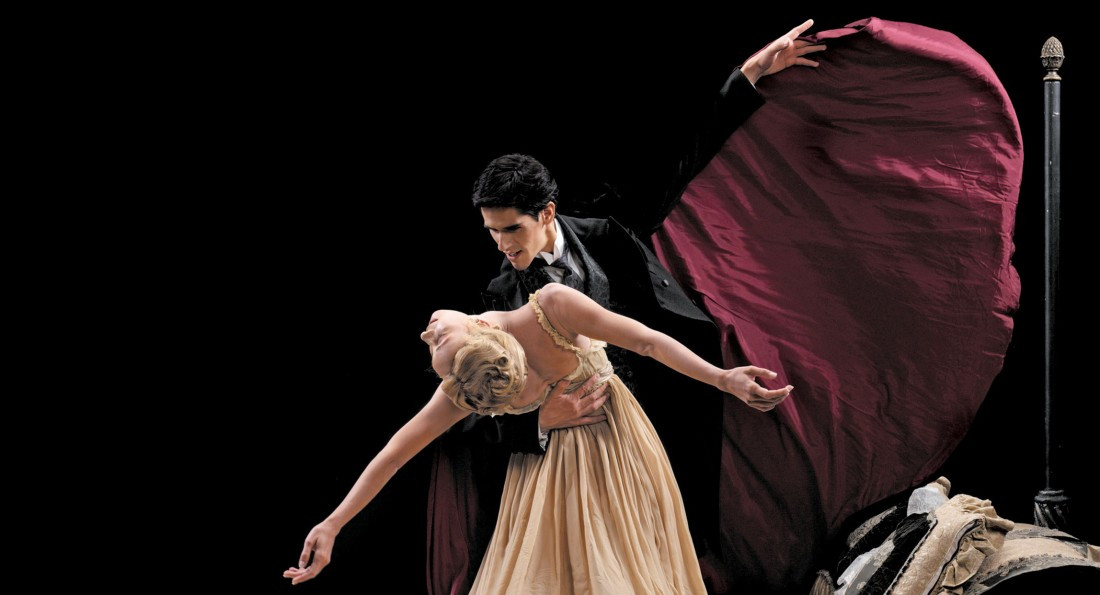Give dance a chance
Interpreting the art of movement
Dance is an art form some say almost anyone can appreciate, although it may take time to discover that.
“Dance is a big part of society all around the world,” Jaime Vargas, Royal Winnipeg Ballet ballet master and community outreach coordinator, says.
As a child, Vargas thought dance was boring, although he’d never seen it before. A few weeks into ballet classes, he says he changed his mind.
“Sometimes they’re shy, and sometimes they don’t understand the specific types of dance, but you don’t have to understand it to appreciate or relate to it,” Vargas says.
There are many types of dance out there, and Vargas says people may need to check out a few different types of shows before finding one they enjoy.
He thinks people are becoming more interested in watching dance, because the performers are now more often viewed as athletes, and the audience has a greater appreciation for the skill it takes.
“The combination of music and motion and story, it just creates a great connection for people to get in touch with their emotions,” Vargas says.
Winnipeg’s Contemporary Dancers artistic director Brent Lott thinks dance is becoming more popular because, in a world of so much disconnect, people want to be engaged.
“So much of what we experience is in short little tweets, in packaged little advertisements,” Lott says.
He thinks it’s important for people to step away from the digital world to sit still in a theatre and watch a piece of art created by a choreographer who uses human bodies to communicate.
“When you can hear the dancers breathing, when you can hear the thud of their body as it hits the floor, when you can watch their chest moving up and down with the rigour of the movement and marvel at what the body can do, it’s giving people something that we don’t get when we’re sitting in front of our screens,” Lott says.
He says we all communicate through movement, though most often it’s through our faces and hands. Dance is a form of communication that uses the whole body. The audience just needs to be open to visually listen.
He compares contemporary dance to an abstract painting in that everyone will have their own interpretation of the piece, and that’s okay.
“The fact that those things would be different for different people excites artists and choreographers,” Lott says.
He refers to movement as a universal language and says everyone will walk away having had their own unique experience.
“Often you never know what to expect when you enter the theatre. You might be delighted. You might be inspired. You might be challenged. But for sure you will feel something,” Lott says.
Winnipeg’s Contemporary Dancers’ season starts with The Moon at Midnight, running Oct. 7 and 8. Tickets are $15 for students and $25 for adults and are available at winnipegscontemporarydancers.ca.
Royal Winnipeg Ballet’s season begins with Dracula, running Oct. 26 to 30. Tickets start at $29 and can be purchased at buy.rwb.org.
Published in Volume 71, Number 5 of The Uniter (October 6, 2016)







